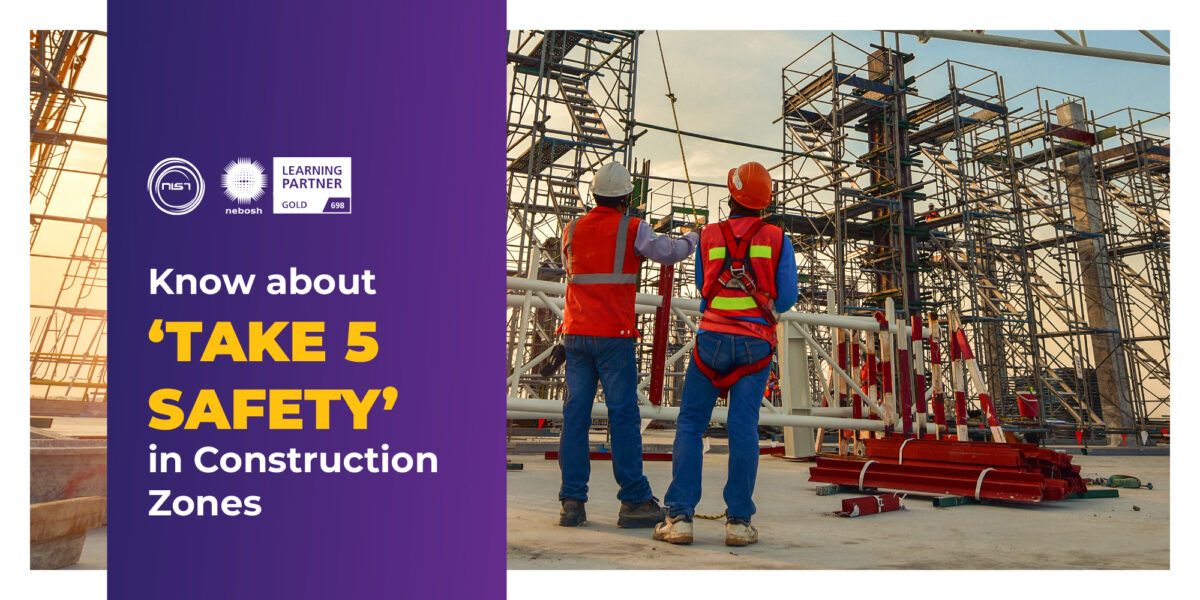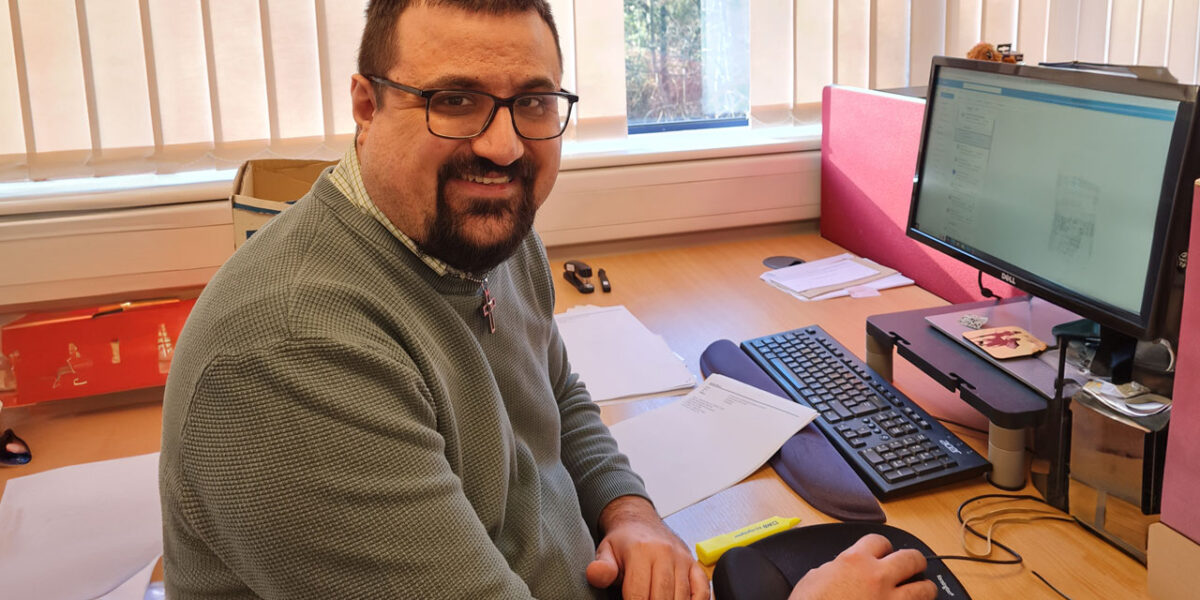Know about ‘Take 5 Safety’ in Construction Zones

Construction zones are naturally risky environments for both workers and anyone else who happens to be nearby. There are numerous risks that can endanger the safety and well-being of even seasoned construction workers. Employers can simplify the task of keeping employees safe in a construction zone by distilling everything down to a philosophy known as “Take 5 Safety.”
While this can be applied to other industries, the five safety pillars in Take 5 Safety are extremely important in the construction business. Let’s dig a little deeper by examining the five components of Take 5 Safety.
#1 Stop and Think
The first stage of the procedure occurs prior to the start of any work. Workers should be encouraged to spend a few minutes before starting a shift or returning from a brief break to just pause and think about what they’re about to do. Simply be aware of the task at hand, the risks that present, and how they intend to keep themselves and those around them safe. Even perilous job might become regular for seasoned professionals after a while. It’s advisable to combat this sensation by pausing for a few moments to consider the issue and how to respond.
#2 Look and Identify
Another important step that should be taken before starting work or at the start of a shift is to glance around and identify any potential risks. All hazards, large and small, common and uncommon, should be identified in advance. It is preferable if staff can physically jot down a list of dangers and risks that present on the construction site. Taking mental notes, on the other hand, can make a significant difference.
#3 Assess
In addition to recognising all potential hazards, workers must assess each risk and comprehend how it may harm them or others. It is critical to identify the severity of each hazard and the likelihood that a hazard may cause an accident or injury. Workers will comprehend the most dangerous dangers in the workplace by considering the severity and likelihood of each hazard. This will allow them to prioritise their approach to safety by identifying the most significant hazards.
#4 Control Hazards
Most dangers in a construction zone can be mitigated, even if they cannot be completely eradicated. However, whether or not anything can be done will not always be evident. That implies personnel must consider each hazard and ask what can be done to eliminate or lessen the likelihood that it will cause harm. Unfortunately, not every hazard will have a solution. But most of the time, something can be done to lessen the danger.
#5 Monitor Hazards
The final stage in remaining safe is to keep an eye on every recognised hazard. Not every hazard will remain stationary during the course of work. Certain behaviours may raise the risk for some. Furthermore, even if controls are in place, their effectiveness at mitigating risk may fluctuate. Employees may also have overlooked a hazard or failed to account for a possible hazard that arises. As a result, construction workers must continually be diligent in checking their work area for any safety dangers.












Responses